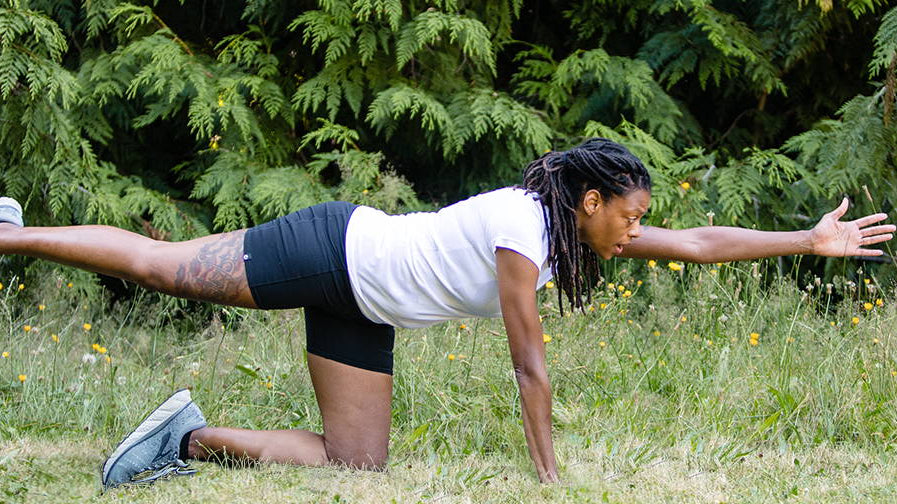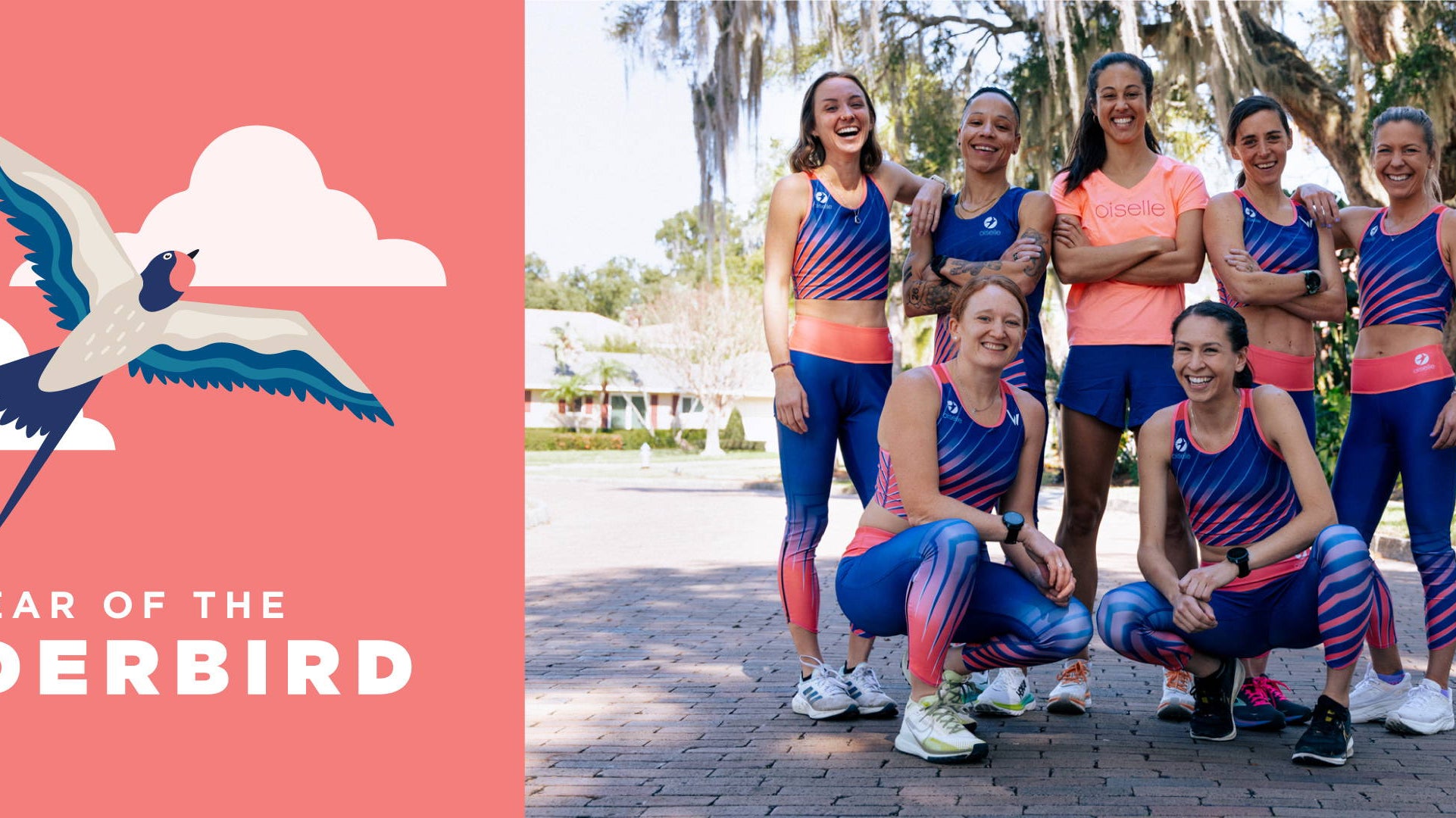 Guest Blog Post by
Guest Blog Post by
Audra Smith, Assistant Strength Coach at the University of Washington for Track and Field and Cross Country
USA Weightlifting certified and Master's degree in Health Education. Audra is in her third year at UW where she oversees all of the strength training for track and field and XC. A former heptathlete at Idaho State University. She lives in Laurelhurst and is currently training for her third marathon.
****
You all have been there, during your run, feeling tightness in you quads, knees, glutes, hamstrings, even IT bands (iliotibial band). The feeling is quite uncomfortable but you push on because you are ten minutes in the run and you hope it will “loosen up” as you continue to pound the pavement. My first thought when athletes come to me about tightness in their in those areas is, how is your strength training? Is your body strong enough to withstand the amount of force you put into the ground with each stride? I tell my athletes, “You can be a good distance runner by just running, but you can be a great distance runner by running and incorporating strength training in your weekly regiment.” When developing strength training programs for the runner I use the K.I.S.S. acronym; keep it simple sista! That means, in the beginning of training, body weight is your dumbbell. In strength training, technique and form is crucial for success.
If I had to recommend one exercise, I believe the best prescription to benefit a runner is the goblet squat. Studies have shown a direct correlation with squats and competitive runners. Squats are one of the best whole body exercises that any athlete can do but for a runner it provides benefits that mileage cannot. Squats aid in injury prevention, core stability, full range of motion, flexibility and efficiency. Really? All of those benefits in just one exercise? Yes, and if you call and order now you can get a set of lunges included in the package for free. The next step is when, where, how, and how many. This goes back to keeping it simple;
when: after your run,
where: any old place that is flat.
how: set your feet a little past shoulder width, toes pointed slightly outward, take your hands and pretend you are carrying a large bag from the bottom. As you squat, let your hands and forearms glide along the inside of your legs until your elbows get to your knees, use your elbows to push your knees out allowing your entire foot to stay flat on the ground. When at the bottom while keeping your chest up and back as vertical as possible push at the same time through both heels and stand up.

how many: the best place to start is counting the overall number of squats. Beginners 15 total, more advanced, 25. However keep in mind to do this in sets, 3 sets of 5 is a great place to start, eventually 5 sets of 5. Again counting the total number (3x5=15). The goblet squat is a variation of a squat that allows you to easily get into a more efficient squatting position without having a trainer at arms length. I would recommend doing just using your body weight and let gravity take care of the rest.









